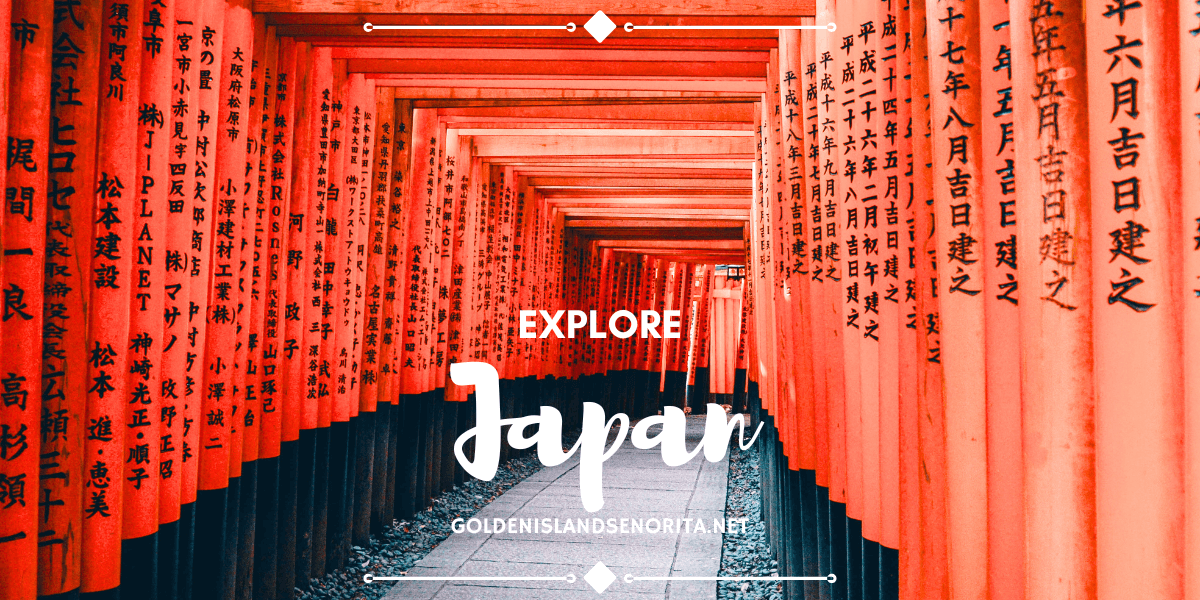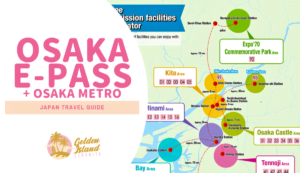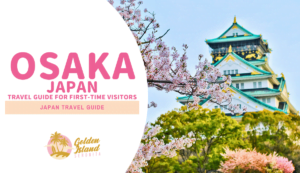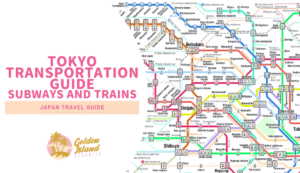こんにちは! (konnichiwa!) Japan is a country of fascinating contrasts, where ancient traditions blend seamlessly with modern technology.
Japan is located in East Asia and is made up of four main islands – Honshu, Hokkaido, Kyushu, and Shikoku. The capital city of Japan is Tokyo, a bustling metropolis and the center of Japanese culture, business, and government.
Japan is famous for its unique and ancient culture, which can be seen in its art, architecture, religion, and customs. The country has a rich history that dates back thousands of years and is characterized by periods of isolation and openness to the world.
One of the most recognizable aspects of Japanese culture is its cuisine, which is known for its precision, presentation, and variety. Some of the most popular Japanese dishes include sushi, ramen, tempura, and soba noodles.
Japan is also known for its technology and innovation. The country is home to many leading tech companies, and its cities are some of the most advanced in the world, with high-speed trains, automated toilets, and cutting-edge architecture.
Despite its modernity, Japan has also managed to preserve its natural beauty, with stunning landscapes ranging from snow-capped mountains to cherry blossom-lined streets. Some of the most popular natural attractions in Japan include Mount Fuji, the Japanese Alps, and the islands of Okinawa.
In addition to its cultural and natural attractions, Japan is also home to many unique experiences, such as bathing in hot springs, watching sumo wrestling, attending a tea ceremony, or taking part in a traditional festival.
As you can see, Japan is a country full of contrasts and surprises, where ancient traditions meet modern technology, and where natural beauty meets urban sophistication. I hope you enjoy your time in Japan and discover all the amazing things this country has to offer.

Travel Essentials for Visitors
VISA POLICY
Japan maintains a structured and well-defined visa policy that varies based on the purpose and duration of a visitor’s stay. Tourists from many countries can enjoy visa-free travel to Japan for short stays, typically up to 90 days, under the visa waiver program. However, those intending to engage in employment, study, or other extended activities are required to obtain specific visas prior to arrival.
Japan offers a range of visa categories, such as tourist, business, student, and working holiday visas, each with its own set of eligibility criteria and application procedures. It’s essential for travelers to carefully review the requirements and plan accordingly to ensure a smooth and legal entry into Japan. Staying informed about the latest updates and adhering to the visa regulations will contribute to a successful and hassle-free visit to this captivating country.
TRAVEL INSURANCE
Traveling to Japan can be an incredibly rewarding experience filled with stunning landscapes, rich culture, and delicious cuisine. However, it’s crucial to prioritize your safety and peace of mind by obtaining travel insurance before your journey. Japan is known for its high-quality healthcare system, but medical expenses can still be costly, especially for visitors. Having travel insurance ensures that you’re financially protected in case of unexpected illnesses or accidents during your trip.
Additionally, travel insurance can cover other unforeseen events such as trip cancellations, lost luggage, or travel delays, providing you with the necessary support and assistance to navigate any challenges that may arise. So, before you embark on your adventure to Japan, consider investing in travel insurance to safeguard your well-being and make the most of your travel experience.
Geography
LOCATION
Japan is an island nation located in East Asia, situated in the Pacific Ocean. Its geographical location is marked by a chain of islands extending along the eastern coast of the Asian continent. The four main islands of Japan are Honshu, Hokkaido, Kyushu, and Shikoku, along with numerous smaller islands.
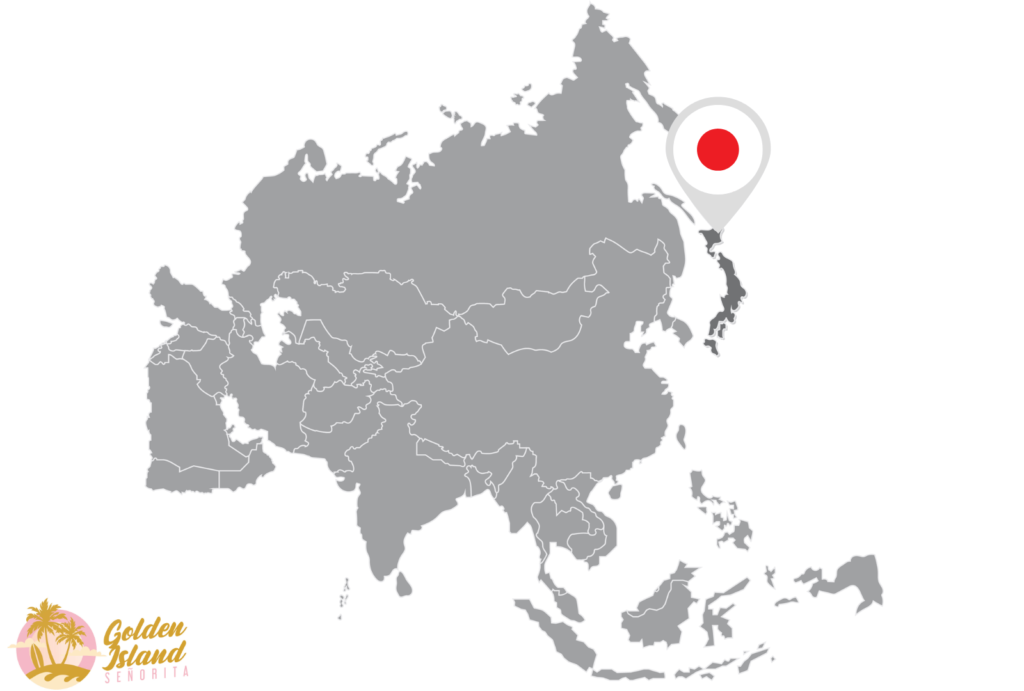
WEATHER
Japan has four distinct seasons: March to May is spring – temperatures are warm but not too hot, plus there isn’t too much rain. The famous cherry blossoms are out during this time; June to August is summer – it is hot and humid during this time and temperatures are often in the high 30’s; September to November is autumn – characterized by light breezes and cooler temperatures of around 8-10oC; and December to February is winter.
Demographics
LANGUAGE
Japanese, or Nihongo is the official language used in the country and is also the primary language with over 125 million speakers. They have three writing systems which consists of of Kanji, Hiragana and Katakana. Some Japanese people can speak English but they tend to shy away and often, they’re afraid of committing mistakes.
Do you want to learn Nihongo? 20 Useful Japanese Phrases for Travelers
RELIGION
In Japan, religion is deeply ingrained in the fabric of society, with several prominent faiths shaping its cultural landscape.
- Shintoism: Japan’s indigenous religion, centered around reverence for nature and kami (spirits), with thousands of shrines spread throughout the country.
- Buddhism: Introduced from China and Korea, Buddhism has deeply influenced Japanese culture, with temples serving as centers for meditation, rituals, and ceremonies.
- Shinbutsu-shūgō: A unique blend of Shintoism and Buddhism, showcasing the harmonious coexistence of these two religions in Japan.
- Christianity: While a minority religion in Japan, Christianity has had a historical presence since the 16th century, with notable churches and communities in various regions.
Infrastructure
CONNECTIVITY
The three biggest carriers in Japan are NTT Docomo, AU and SoftBank. NTT Docomo is the largest mobile network, covering more of the country than either AU or SoftBank. To use the mobile network in Japan, you must have an unlocked phone that can access 3G or 4G networks. Depending on where you are from, your phone might be unlocked already.
Both paid and free wireless (Wi-Fi) hotspots are available across Japan that laptops, smartphones and other mobile devices can use to connect to the internet, especially around airports, train stations, convenience stores, restaurants, coffee shops and bars. It best to carry a WiFi router and they are available to rent on a daily basis at major Japanese airports or via the internet for delivery to your home or hotel.
TRANSPORTATION
The three most common modes of transportation in Japan are trains, subways and buses.
SOCKETS AND ADAPTERS
The power plugs and sockets in Japan are of type A and B. The standard voltage is 100 V and the standard frequency is 50 / 60 Hz. Plug type A is the plug which has two flat parallel pins and plug type B is the plug which has two flat parallel pins and a grounding pin.
Culture and Society
CUISINE
Japan is renowned worldwide for its diverse and delectable cuisine, with a myriad of flavors and textures to tantalize the taste buds. Among the plethora of culinary delights, certain dishes stand out as iconic symbols of Japanese gastronomy, capturing the essence of the country’s culinary heritage. Here are few:
- Sushi: Perhaps the most iconic Japanese dish, sushi features vinegared rice combined with a variety of toppings, including fresh fish, seafood, vegetables, and sometimes egg. It’s often enjoyed with soy sauce, wasabi, and pickled ginger.
- Ramen: A beloved noodle soup dish consisting of wheat noodles served in a flavorful broth, often flavored with soy sauce, miso, or pork bone broth. Toppings can include sliced pork, boiled eggs, green onions, and nori seaweed.
- Tempura: Lightly battered and deep-fried seafood, vegetables, or meat, tempura is known for its crispy texture and delicate flavors. Common ingredients include shrimp, fish, sweet potatoes, and bell peppers.
TOURISM
From the neon-lit streets of Tokyo to the ancient temples of Kyoto, Japan offers a kaleidoscope of experiences that blend modernity with tradition.
- Kyoto: Immerse yourself in Japan’s rich cultural heritage as you explore Kyoto, home to thousands of temples, traditional tea houses, and serene gardens. From the iconic Kinkaku-ji (Golden Pavilion) to the historic streets of Gion, Kyoto offers a glimpse into Japan’s ancient past and traditional way of life.
- Tokyo: Experience the vibrant energy of Japan’s capital city, Tokyo, where futuristic skyscrapers stand alongside historic temples and bustling street markets. Dive into the sensory overload of Shibuya Crossing, marvel at the views from the Tokyo Skytree, and indulge in world-class cuisine in this dynamic metropolis.
- Mount Fuji: Behold the majestic beauty of Mount Fuji, Japan’s highest peak and a UNESCO World Heritage Site. Whether you choose to admire its iconic silhouette from afar or embark on a hiking adventure to its summit, Mount Fuji offers a breathtaking natural backdrop that is sure to leave a lasting impression.
Places To Explore in Japan
Finance
CURRENCY
The Yen (JPY) is is the official currency of Japan. It is the third most traded currency in the world, and the most heavily traded currency in Asia. Bills come in 1,000 yen, 2,000 yen (very rare), 5,000 yen and 10,000 yen denominations. Coins come in 1 yen, 5 yen, 10 yen, 50 yen, 100 yen and 500 yen denominations.
Most establishments only accept Yen as payment especially tourists spots like shrines & temples, small restaurants and small shops. They also have a reputation of being a cash-based society. It is advisable to carry coins especially when riding buses or trams. You may still use your credit/debit cards in hotels, mid to high end restaurants, outlet malls, convenience stores, and supermarkets. They also have prepaid cards called, IC cards (Suica and Icoca) as a convenient payment of train and bus fares.
Currency exchange is usually handled by banks, post offices, some larger hotels and a handful of licensed money changers found especially at international airports.
BANKS AND ATMS
Banks in Japan are known for their efficiency and advanced financial services. Most banks operate from Monday to Friday, typically from 9:00 AM to 3:00 PM, with some variations. Some larger branches might offer extended hours and limited services on weekends. Automated Teller Machines (ATMs) are widely available throughout the country, often accessible 24/7, allowing travelers to withdraw Japanese yen using international debit or credit cards. Many convenience stores and post offices also host ATMs, making currency exchange and cash access convenient for tourists. While the majority of ATMs accept foreign cards, it’s advisable to check with your bank beforehand to ensure compatibility and to be aware of potential transaction fees.

- Tokyo
- Osaka
- Kyoto
- Nara
Central Tokyo
Shibuya Ward
Shibuya • Harajuku
Chiyoda Ward
Akihabara
Chuo Ward
Ginza • Tsujiki
Shinjuku Ward
Shinjuku • Kabukicho
East Tokyo
Taito Ward
Asakusa • Ueno
North Tokyo
Toshima Ward
Ikebukuro
Kita Ward
Umeda
Chūō Ward
Osaka Castle • Dōtonbori • Shinsaibashi
Konohana Ward
Universal Studios Japan
Naniwa Ward
Namba
Tennōji Ward
Shitennō-ji Temple • Isshin-ji
Fushimi Ward
Fushimi
Ukyō Ward
Arashiyama
Nara

- How To Book the Airport Limousine Bus: An Easy Step-By-Step Guide
- Vibrant Shinjuku Ni-Chome: Tokyo’s LGBTQ+ District
- OSAKA E-PASS: Value, Convenience, and Top Attractions (With 1 or 2 Days Itinerary for First-Time Visitors)
- Osaka, Japan: A Comprehensive Travel Guide for First-Time Visitors
- Best FREE Places to Visit in Tokyo: 20 Destinations to Experience without Admission Fees
- The Ultimate Tokyo Transportation Guide: Mastering Subways and Trains Made Easy


